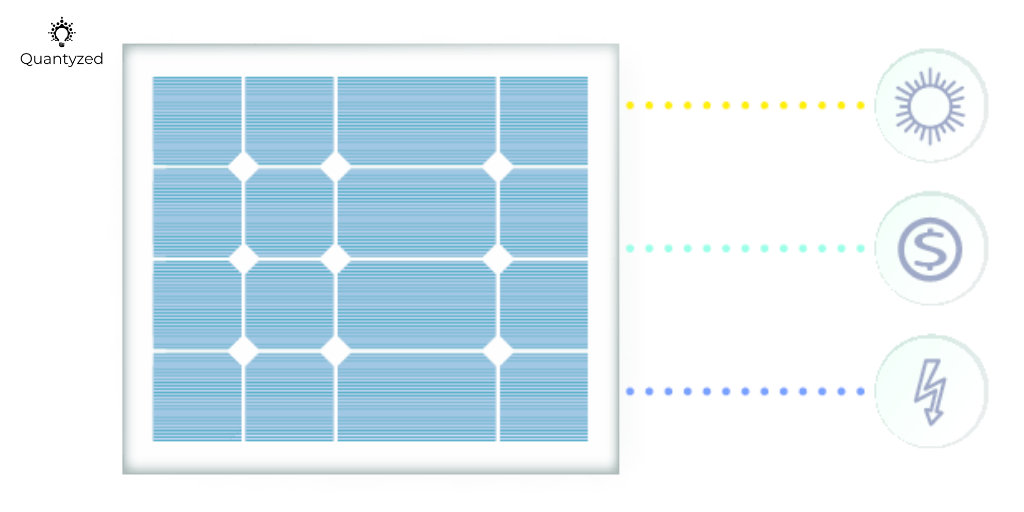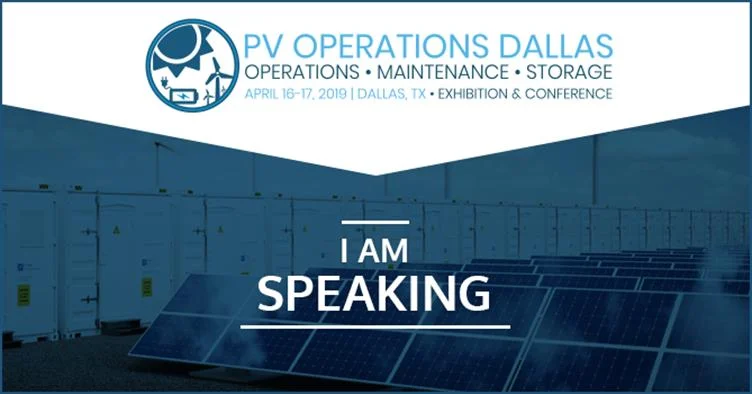Commercial Solar Guy helps Massachusetts landowners finance and build ground mounted solar systems on their land to take advantage of attractive, yet soon-to-expire state tax and financial incentive programs.
Massachusetts continues to be a leading state in driving clean energy in the nation, most recently through their innovative state-level SMART incentives program. One landowner in Norfolk, MA wanted to create a passive, yet reliable side income stream for their unused one acre of land by installing a solar farm with zero cash outlay.
Equally important was the profound concern about climate change; they wanted to do their part to balance out the environmental impact of traditional energy sources such as coal, oil and gas.
Despite their long interest in moving forward with solar, the financials were just not working out. For instance, two questions posed to John:
Was the rate they were getting for their land, attractive?
Will the lease payments grow appropriately over the period of the contract?
John Weaver and his team at CSG in New Bedford, MA began by solving the problem rather than leading with the solution. By applying CSG's creative, yet efficient proprietary analytical process to the Norfolk site, John put together a carefully designed ground mounted solar installation that would be the most cost-effective solution.
Ultimately, the CSG team installed a 250-kW ground mount system on the acre of land which made full use of the available incentives and shoulder pricing in a cost-effective manner.
The 20 year contract cost the landowner zero, and brings a guaranteed income of $10,000/year for 20 years, growing automatically by 3% each year. John and the CSG team were even able to pay the landowner's attorney's fees to have the contract reviewed!
You can find out how much you can receive in monthly payments for your specific land and its annual growth today.




